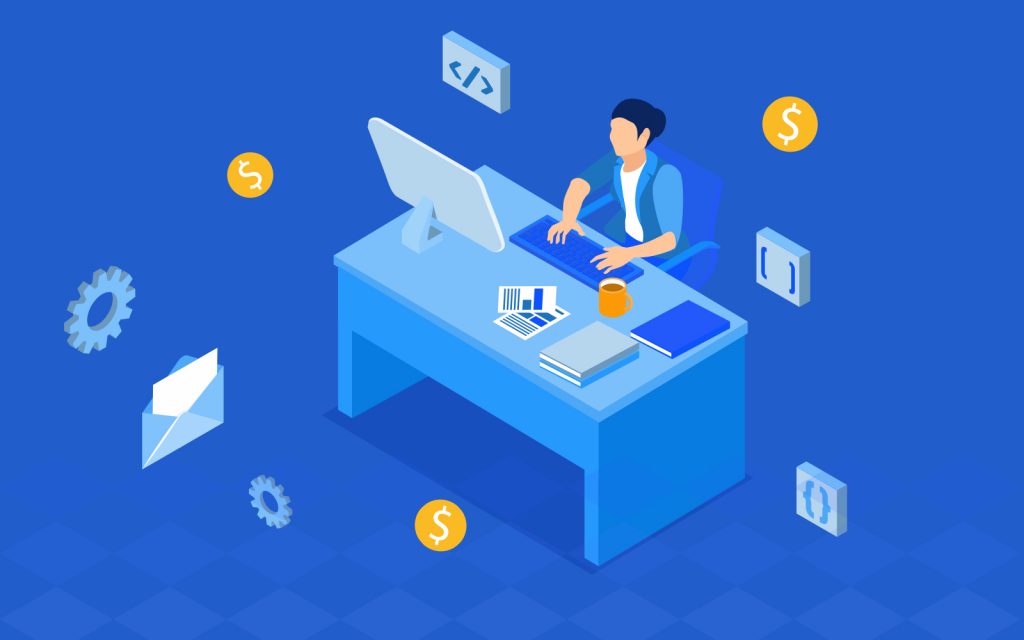Software development is a multifaceted process that involves creating, updating, and maintaining software to ensure its continued effectiveness and relevance in today’s dynamic business landscape. At the core of this process lies software maintenance, an often-overlooked but crucial aspect that enables businesses to keep their applications and systems up-to-date and functioning optimally.
Ensuring Software Integrity Through Bug Fixing
One of the primary objectives of software maintenance is to address bugs and vulnerabilities that may arise during the software’s lifecycle. These issues can range from minor glitches to critical security flaws, and addressing them promptly is essential to prevent disruptions to business operations and potential data breaches. By proactively identifying and fixing bugs, software maintenance helps businesses maintain the integrity and reliability of their software systems.
Enhancing Performance and Functionality Through Perfective Maintenance
In addition to bug fixing, software maintenance also involves optimizing the performance and functionality of the software. This includes making enhancements to existing features, improving user interfaces, and optimizing code to improve efficiency and scalability. Through perfective maintenance, businesses can ensure that their software remains competitive and meets the evolving needs of users.
Adapting to Changing Environments Through Adaptive Maintenance
Another aspect of software maintenance is adaptive maintenance, which focuses on adapting the software to changes in its operating environment. This may involve updating the software to work with new hardware or operating systems, integrating with third-party software or services, or making adjustments to comply with regulatory requirements. By staying adaptable and responsive to changes, businesses can ensure that their software remains compatible and functional across different platforms and environments.
Prompt Resolution of Production Issues with Corrective Maintenance
Corrective maintenance is yet another critical component of software maintenance, involving the identification and resolution of issues that arise in production environments. This may include diagnosing and fixing errors reported by users, addressing performance bottlenecks, or implementing patches to mitigate security vulnerabilities. By promptly addressing these issues, businesses can minimize downtime and maintain a positive user experience.
Driving Innovation and Growth Through Strategic Maintenance
Beyond addressing technical issues, software maintenance also plays a crucial role in driving business growth and innovation. Regular maintenance enables businesses to continually improve their software, adding new features and capabilities to stay ahead of the competition. By leveraging software maintenance as a strategic tool for innovation, businesses can differentiate themselves in the market and attract new customers.
Enhancing User Experience and Ensuring Compliance
One of the key benefits of software maintenance is its ability to enhance the user experience. By addressing bugs and making improvements to usability and performance, businesses can ensure that their software remains user-friendly and intuitive. This, in turn, leads to higher user satisfaction and increased adoption of the software, driving business growth and success. Moreover, software maintenance is essential for ensuring compliance with legal and regulatory requirements.
Conclusion: Prioritizing Software Maintenance for Business Success
In today’s fast-paced digital economy, software maintenance is no longer a luxury but a necessity for businesses looking to stay competitive and relevant. By investing in regular maintenance and support services, businesses can ensure that their software remains reliable, secure, and efficient, driving business growth and success. In conclusion, software maintenance is a critical aspect of the software development lifecycle that encompasses a range of activities, including bug fixing, performance optimization, adaptation to changes, and compliance with legal requirements. By prioritizing software maintenance, businesses can ensure that their software remains effective, competitive, and aligned with their evolving needs and objectives.





